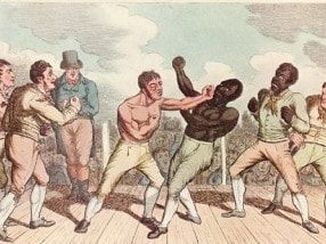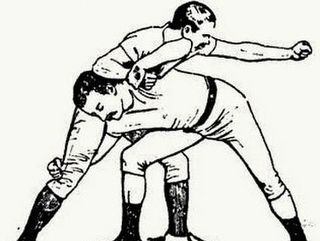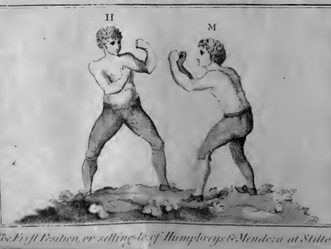Thursday 18:30 – 20:00

Classical pugilism, or in our context bare-knuckle boxing, can trace its recorded origins as a sport back to the late 17th/early 18th century. The first bare-knuckle champion of England was James Figg in 1719, a title he held until he retired in 1730. From then on the sport proved to be exceptionally popular amongst the working and upper classes alike up to the publication of the Marquess of Queensberry Rules in 1867 that effectively drove the sport to the brink of extinction.
At the York School of Defence we are specifically interested in the bare-knuckle boxing side of pugilism and its associated arts of chancery and purring. Chancery is a grappling and wrestling component that was a large part of early prize-fights, whilst purring refers to a form of kicking that was also allowed. In early history rules were non-existent other than those agreed by the fighters before the bout, indeed there are records of fighters throwing their opponents clean off the stage.


We are very much aware that we are studying this exceptionally violent art in the 21st century so everything we do is careful, precise and controlled. We work on technique, pad work, partner drill and study techniques from 18th and 19th century manuals written by prize-fighters, and there are opportunities to spar with your skills for those that wish to. Initially this takes place wearing a headguard and light gloves.
As well as historical boxing we also study the arts of singlestick, ‘sporting’ quarterstaff, and historical foil fencing in order to experience true prize-fighting. The vast majority of competitors in the prize ring and other arenas up and down the country practised and fought in multiple disciplines and many of the body mechanics from one style of fighting can help inform the other and make the individual more successful in all areas.


Singlestick is the art of fencing with a stout ash stick (we use rattan for safety reasons) that has a leather or wicker basket to protect the hand. The quarterstaff style we study is sporting in nature, and we utilise rattan staves usually between six and eight feet long. Finally, safe, modern foil simulators are used so that students can spar with a great degree of safety and enjoy the experience. We aim to make the experience enjoyable for everyone regardless of skill level, fitness or previous experience.
